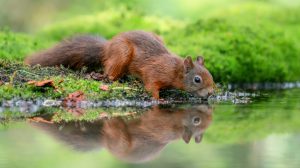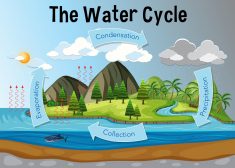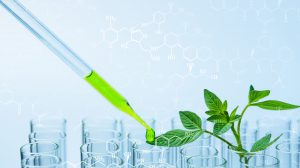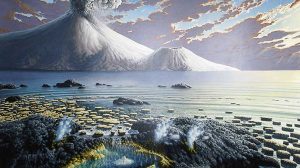Definition
noun, plural: argipressins
A vasopressin that has an amino acid sequence: Cys-Tyr-Phe-Gln-Asn-Cys-Pro-Arg-Gly-NH2
Supplement
Agripressin (or arginine vasopressin) is one of the members of the vertebrate vasopressin family. Vasopressin is a nonapeptide hormone, being comprised of nine amino acids. The other three forms of vasopressins identified in vertebrates are lypressin, phenypressin, and vasotocin. In particular, agripressin’s amino acid sequence is Cys-Tyr-Phe-Gln-Asn-Cys-Pro-Arg-Gly-NH2.
The arginine vasopressin (AVP) is widespread, occurring in most mammals, including humans. In fact, it is sometimes referred to as simply vasopressin. This hormone is produced by certain neurons in the hypothalamus, and then released from the posterior pituitary. The posterior pituitary does not produce AVP. Rather, it is synthesized in the hypothalamus and then travels down the axon that terminates in the posterior pituitary. The hormone is released into the circulation in response to hypertonicity or hyperosmolality of the extracellular fluid.
AVP reacts with the following receptors:
- Vasopressin receptor 1A (V1AR) – on the surface of target cells in liver, kidney, peripheral vasculature, and brain
- Vasopressin V1b receptor (V1BR) – on the surface of target cells in pituitary gland and brain
- Vasopressin receptor 2 (V2R) – on the basolateral membrane of the cells lining the collecting ducts of the kidneys, particularly the cortical and outer medullary collecting ducts
As a vasopressin, AVP has vasopressor and antidiuretic effects in mammals producing it. Pharmacologically, it is used to treat diabetes insipidus and as haemostatic because of its vasoconstrictor action. Its pharmacological actions include haemostatics, renal agents, and vasoconstrictor agents. Its chemical name is vasopressin, 8-L-arginine-.
Synonym(s):
- arginine vasopressin (AVH)
See also:





